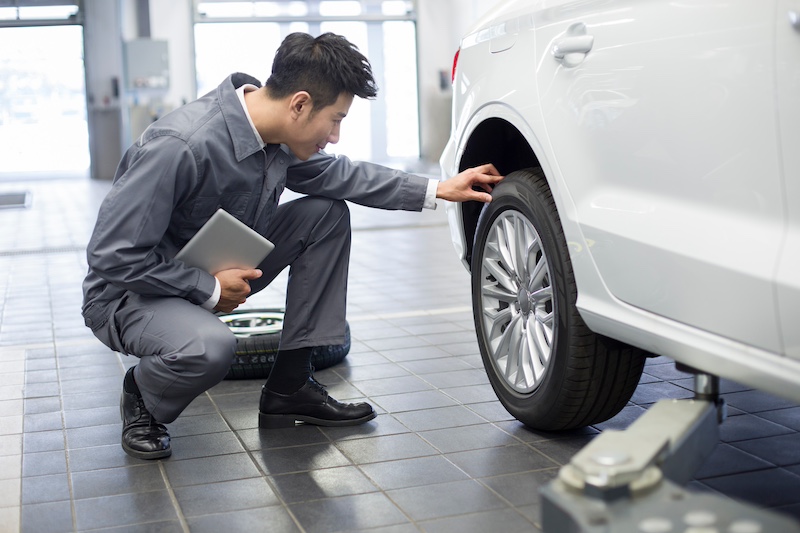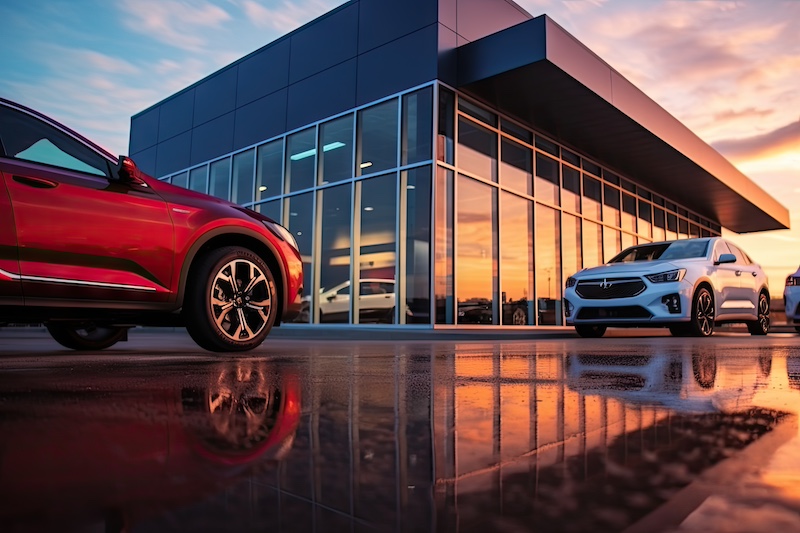In today’s rapidly evolving automotive retail landscape, the interplay between outstanding service and effective sales is more critical than ever.
At the heart of this evolution lies strong leadership—a commitment to leadership development, a resilient culture, and steadfast core values.
As digital tools and data analytics reshape customer expectations, dealership leaders must balance innovation with time-honored traditions. When leadership overreaches, however, both service quality and sales effectiveness can suffer, undermining the trusted customer experience.
The Science Behind the Swing in the Dealership Environment
Much like the intricate mechanics of a finely tuned engine, leadership decisions within dealerships operate on a clear cause-and-effect dynamic. When a dealership diverges from its established strengths, whether in personalized service or trusted sales practices, the momentum built over the years can quickly reverse:
- Overextension and Inertia: Rapidly adopting new digital platforms or advanced CRM systems without properly investing in leadership development and training can dilute focus. This overextension risks sidelining the core competencies that have built the dealership’s reputation over decades.
- Feedback Loops: Sudden shifts in operational strategy—such as an abrupt move towards automated customer interactions—can trigger reactive decision-making cycles. Without a strong leadership culture to guide these changes, both service and sales teams may struggle to adapt, compromising long-term objectives.
- Threshold Effects: Research in organizational behavior shows there is a tipping point. When dealerships stray too far from the core values that define them—values grounded in service excellence, community trust, and ethical sales practices—the benefits diminish, and customer loyalty can erode.
The Risks of Overextension for Dealers
Overreaching leadership in the dealership setting poses several risks that affect both service and sales:
- Diluted Brand Identity: A dealership renowned for its personal touch and community roots risks confusing customers if it suddenly shifts toward impersonal, technology-heavy methods. This misalignment can weaken brand equity and create uncertainty about what the dealership truly stands for.
- Resource Strain: Implementing new technologies and innovative strategies demands significant investments in training, systems, and human capital. Diverting resources from established, revenue-generating activities—such as high-quality service or trusted face-to-face sales—can jeopardize operational performance.
- Cultural Disruption: A robust dealership culture is built on shared values, collaborative teamwork, and commitment to customer care. Abrupt changes in strategy can unsettle staff, leading to disengagement and a dilution of the core values that have long fueled both service and sales success.
Calibrating the Leadership Swing in Dealerships
Achieving equilibrium in a dealership where service and sales must harmonize requires a deliberate, data-driven approach anchored in strong leadership.
Here are actionable strategies to guide dealership leaders:
- Define and Uphold Core Values: Identify the non-negotiable elements of your dealership’s identity—be it a commitment to service excellence, ethical sales practices, or community engagement. These core values serve as the foundation for all strategic decisions.
- Invest in Leadership Development: Cultivate a culture of continuous learning. Equip managers and team leaders with the tools to drive both service improvements and sales innovations. Regular training and mentoring not only refine operational strategies but also reinforce the cultural pillars that underpin your dealership’s success.
- Embrace Data-Driven Decision Making: Utilize robust analytics—from customer satisfaction surveys to sales performance metrics—to determine when a strategic pivot is warranted. Decisions grounded in real data help ensure that innovations are both timely and aligned with your core mission.
- Pursue Incremental Innovation: Instead of overhauling operations overnight, integrate gradual changes that complement your established strengths. For example, introducing a user-friendly online appointment system or refining digital financing tools can enhance customer engagement without compromising personal interaction.
- Foster Cross-Functional Collaboration: Break down silos between service, sales, and leadership teams. By encouraging open dialogue and joint problem-solving, dealerships can ensure that new initiatives are seamlessly integrated with time-tested practices.
- Implement Continuous Feedback Mechanisms: Establish channels for ongoing feedback from both customers and employees. This real-time input allows leaders to fine-tune strategies before the organizational pendulum swings too far in any one direction.
Embracing the Future with a Balanced Vision
The pendulum swing model is more than a metaphor—it provides a practical framework for dealership leadership. Success in the modern automotive retail environment requires not only bold moves but also a balanced approach that honors both legacy and innovation. By anchoring new initiatives in a deep commitment to leadership development, culture, and core values, dealership leaders can unlock operational efficiencies, drive customer engagement, and foster sustainable growth.
Ultimately, the goal is to create a cohesive ecosystem where service and sales operate in tandem—each reinforcing the other. With measured, data-driven leadership and a steadfast commitment to core principles, dealerships can navigate the complexities of modern retail, ensuring that every strategic move propels them toward a future defined by their unique legacy of enduring success.









